Located in a picturesque environment of Nallamalai Hills, ‘Srisailam’ the abode of Siva and Sakthi is on the right side of the river Krishna in Kurnool district of Andhra Pradesh.
The temple has numerous shrines, with those of Mallikarjuna and Bhramaramba being the most prominent. The presiding Deities of this Kshetram God Mallikarjuna Swamy is one of the twelve Jyothirlingas and Goddess Bhramaramba Devi is one of the eighteen Mahasakthis and both are believed to be self-manifested.
It is believed that Sati Devi’s Upper lip has fallen here when Shiva carried Sati Devi’s corpse and wandered during Daksha Yagna episode. The unique feature of this Kshetram is the co-existing of Jyothirlingam and Mahasakthi in one Temple complex, which is the rare and only of its kind. The temple is enclosed by tall walls measuring 183 m (600 ft) by 152 m (499 ft) and 8.5 m (28 ft) tall. There are a number of sculptures in the precinct each raising above another.
At this place the river Krishna flows through a deep narrow valley, approximately 100 meters wide and nearly at a depth of 1000 meters from the hill top. Actually the river takes two repeated bends at Pathalaganga vally with in a short distance and makes a large stretch of high Plateau in each bend. The right part of it we have Srisailam and whereas on the left there is ruined Chandraguptanagara which is mentioned in the Skandapurana and also some of the celebrated Literary works of 12th to 16th centuries.
There is a common belief is in vogue that this Holy Kshetram exists from time immemorial.
In the traditional Hindu mythology, this Kshetram is identified as the Kailasa on the earth and named as ILA – KAILASAM. Besides its mythical antiquity, Srisailam is also having a hoary historical antiquity. According to Agni Puranam, in the Krithayuga the Demon King Hiranyakasyapa did penance at the Kshetram and worshipped God Mallikarjuna Swamy. This Kshetram was his Puja Mandiram and Ahobila Kshetram which is about 220 K.M. from Srisailam was his Sabha Mandapam.
The Skanda Purana proclaims that in the Trethayuga Lord Sri Rama with Seetha Devi during their banish has visited this Kshetram and consecrated Sahasra Lingas (One thousand Lingas) here.
The Epic literatures clear that in the Dwapara Yuga, Arjuna while his pilgrimage and the Pandavas during their exile spent some time in this Kshetram and worship the Deities. Even now there is a pond at the foot way of Srisailam called as Bheemuni Kolanu. It is also said that Bhagavan Dattatreya did penance at this Kshetram and at now also there a tree ( Sthala Vriksham) in the temple complex named a Dattatreya Vriksham.
In the Kaliyuga the Advaitha Philosopher Adisankara got admired of this place and stayed here and done one of his prominent literature Shivanandalahari and and established Sree Chakra in Bamaramba sanctum.
The earliest known historical mention of the Hill-Srisailam can be traced in Pulumavi’s Nasik inscription of 2nd Century A.D. Malla Satakarani, an early member of he Satavahanas got his name after ‘Mallanna’ the deity on this sacred hill.
The Telagunda inscription of Kadamba Santi Varma proves that the Srisailam region was originally included in the Pallava Kingdom (AD 248-575) and subsequently formed the first independent principality of Kadambas (AD 340-450).
A part of the inscriptional evidences, the Architectural features of the temple complex of Srisailam attest the patronage of Chalukyas (AD 624-848). The Kakatiyas (AD 953-1323) contributed much for the growth of the temple. The period of Reddi Kings (AD 1325-1448) is the Golden Age of Srisailam that almost all rulers of this dynasty did celebrated service for the temple. Anavemareddi constructed Veerasiro Mandapam in which the Veerasaiva devotees cut off their hands, tongues, limbs with devotion and this practice is known as Veeracharam.
Srikrishnadevaraya visited the shrine in 1516 AD on his return journey after a war with Gajapathis and constructed Salumandaps on both sides of the car street. The fall of the Viajyanagara rule witnessed Srisailam and this Kshetram lost its glory.
In the year 1674 AD Chatrapathi Sivaji the great Maratha King visited Srisailam, restored the festivals of the temple. In 1949 the temple came under the control of Endowments Department and attained its past glory after it was opened by the road during the year 1956.
Sikharam is the most important of all sightseeing places in Srisailam. It is the highest peak of the Srisailam Mountain range and is 2830 feet above sea level. There is a view point to see the Mallikarjuna temple from here.Skanda purana tells that one can attain Mukti by just seeing Srisaila Sikharam.
There is a temple of Lord Ganapati present beside the main road before arriving to Srisailam.It is believed that lord Ganesh records the names of pilgrims who come to Srisailam and shows the list to Lord Shiva so that they will be blessed, so he is called here as Sakshi ganapathi.
Indian first president pandit Javaharlal Nehru menctioned the multipurpose dam built at Srisailam on the Krishna river as modern Godess
Legend says that the benediction attained by having one glance of Srisaila darshan is equal to having given lakhs of donations in Kurukshetra, taking two thousand holy dips in Ganga, residing for lakhs of years in Varanasi, or doing austerity on the banks of the Narmada river.
srisaila srunge vividha prasamge
seshadri srunge pi sadavasantam
tamarjunam mallika purva menam
namami samsara samudra sethum

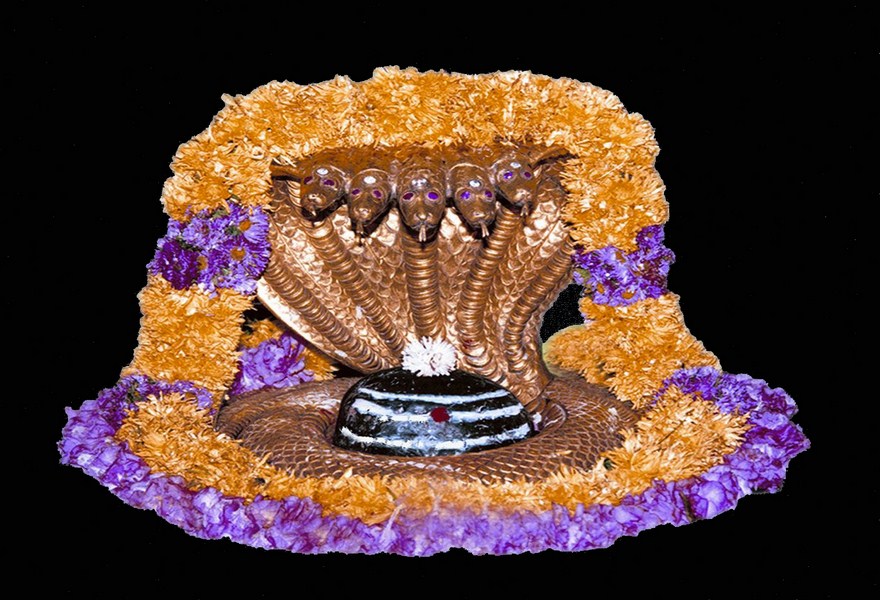
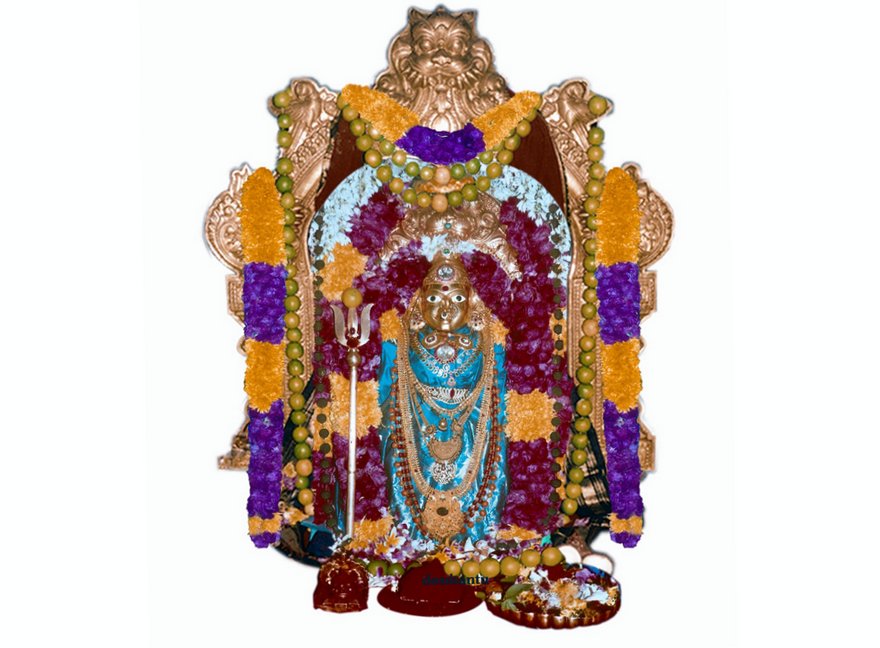

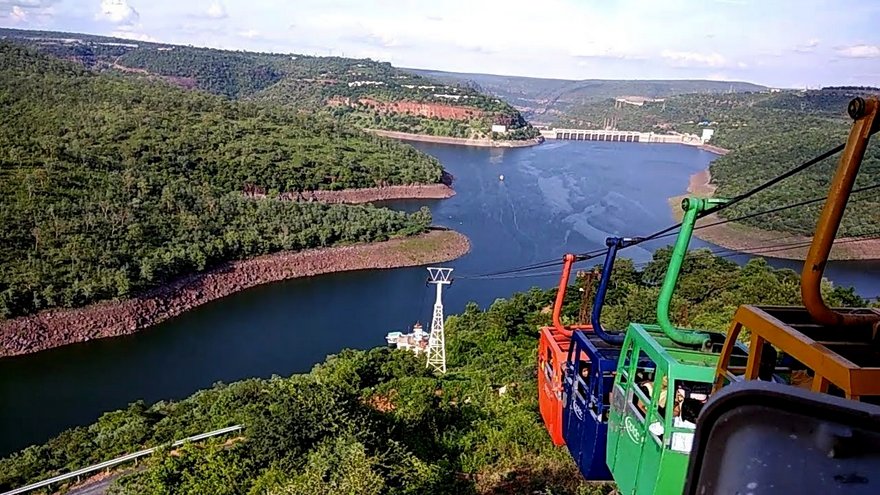
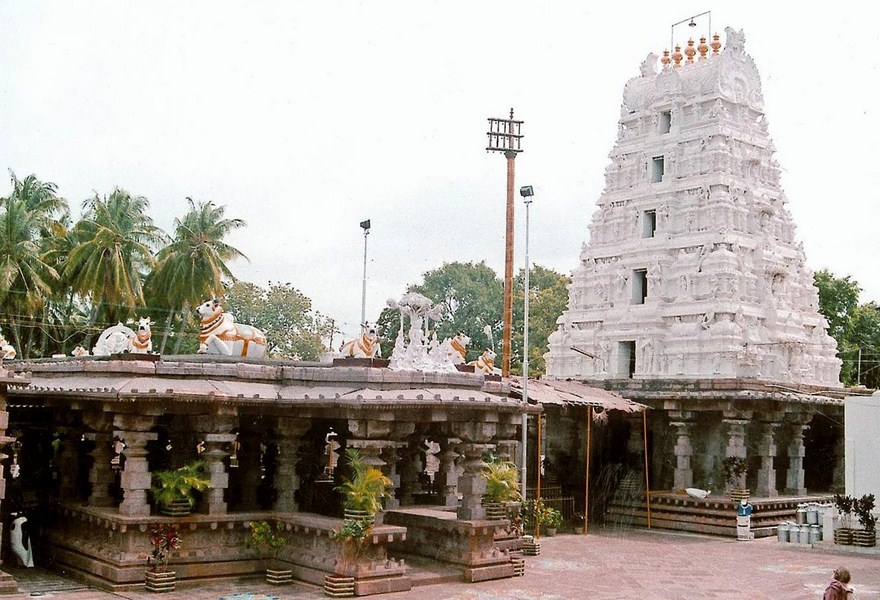
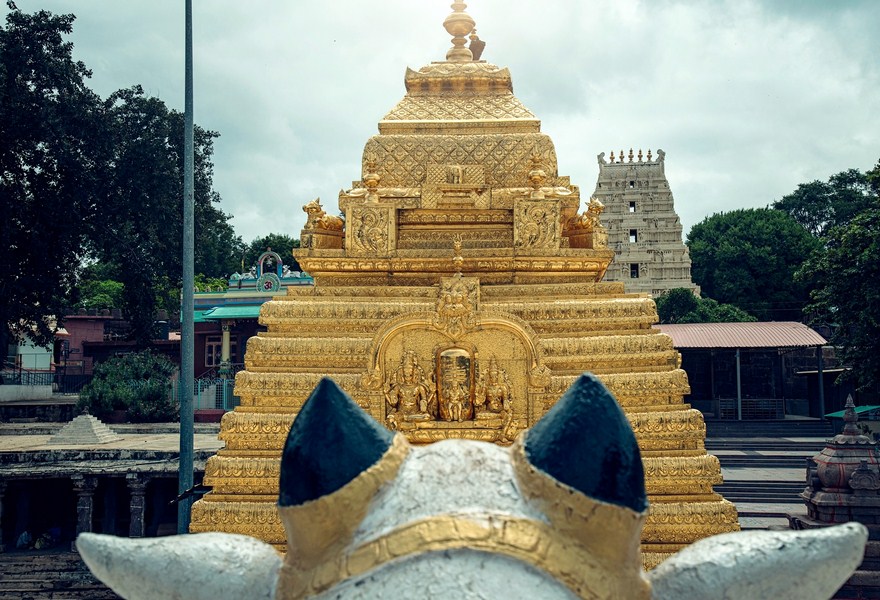
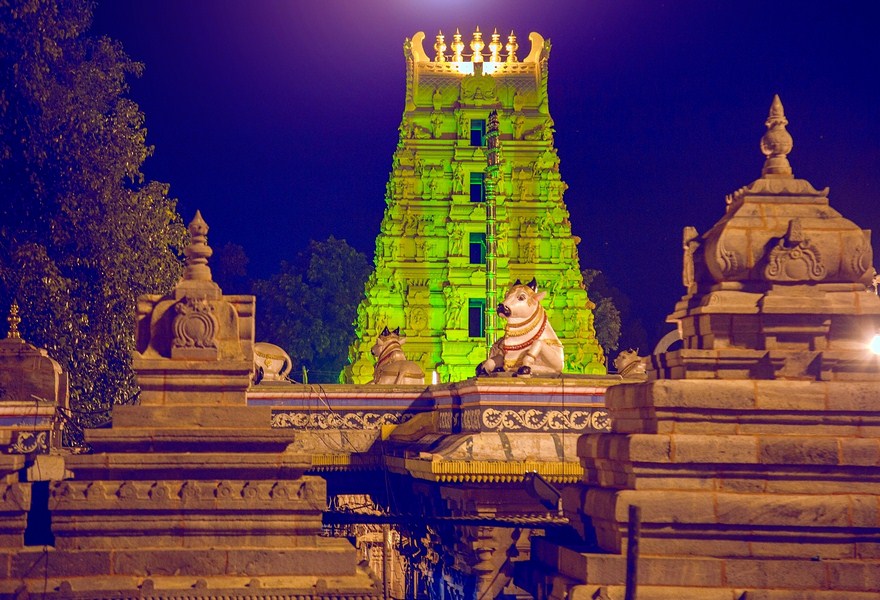
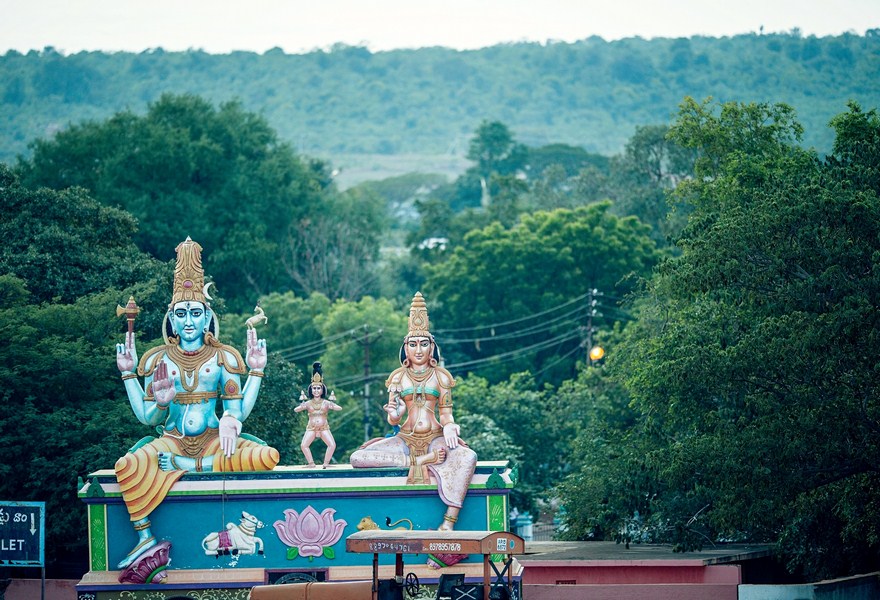
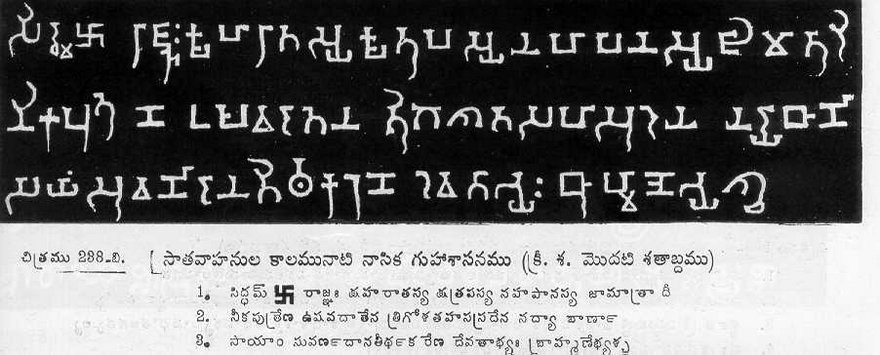
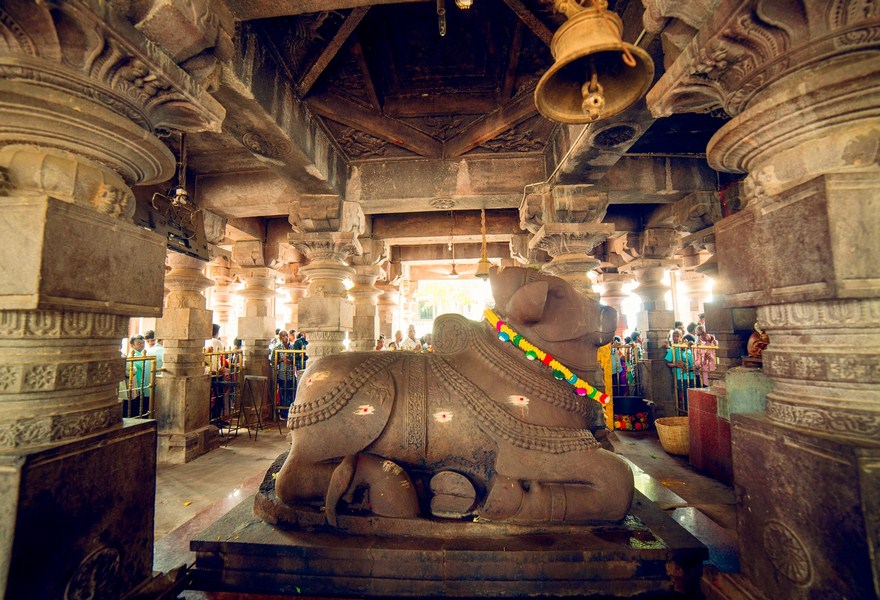
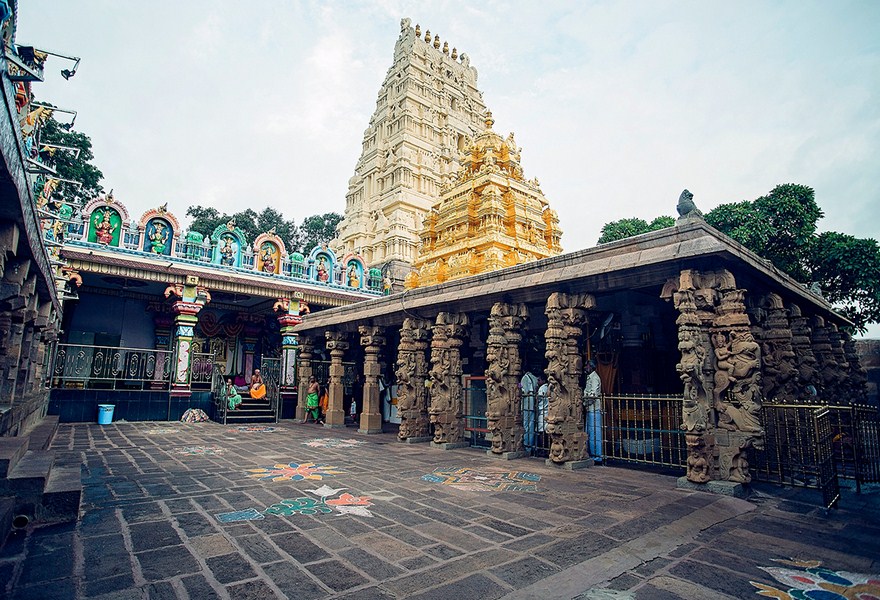
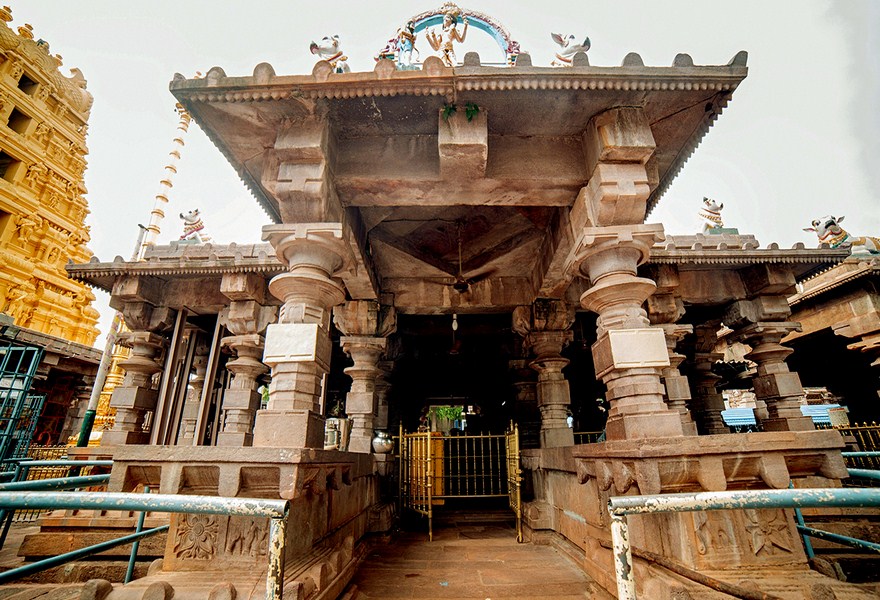

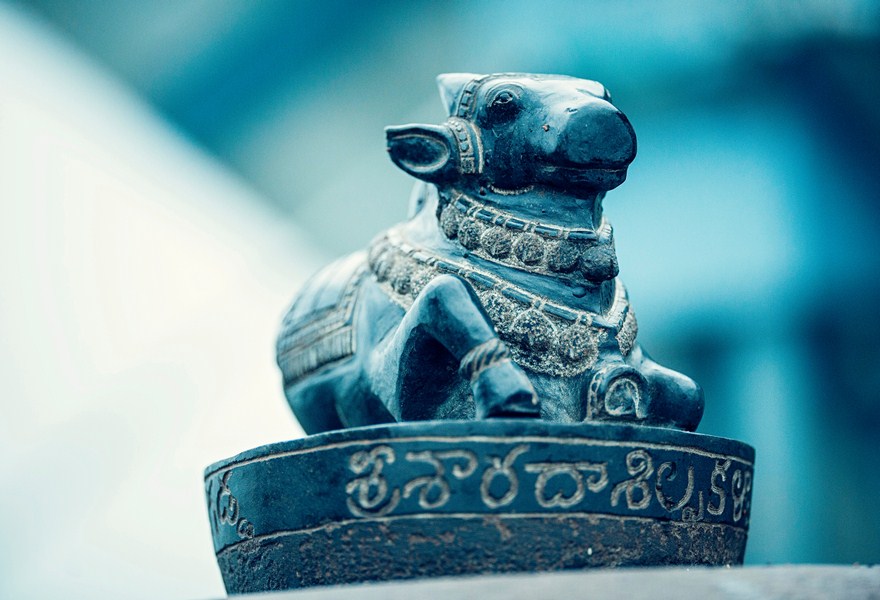
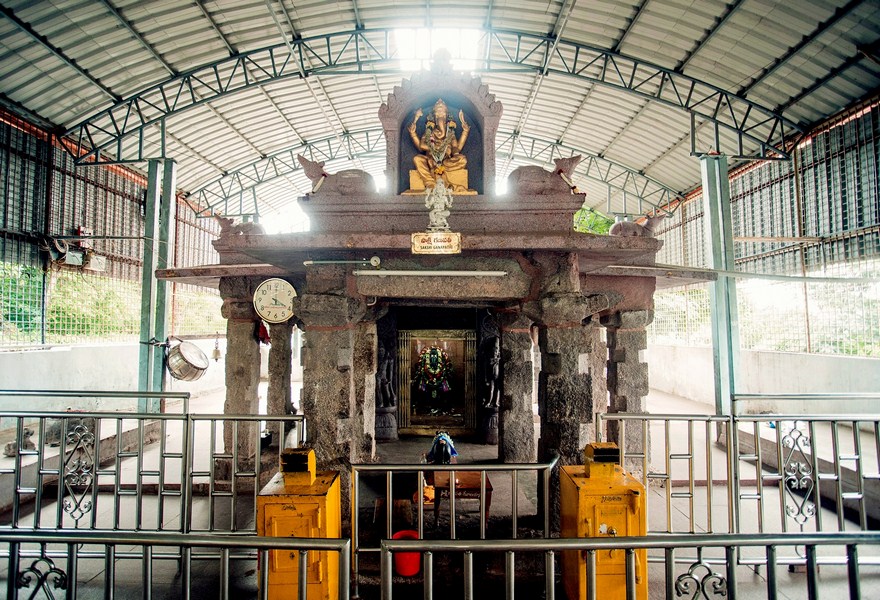
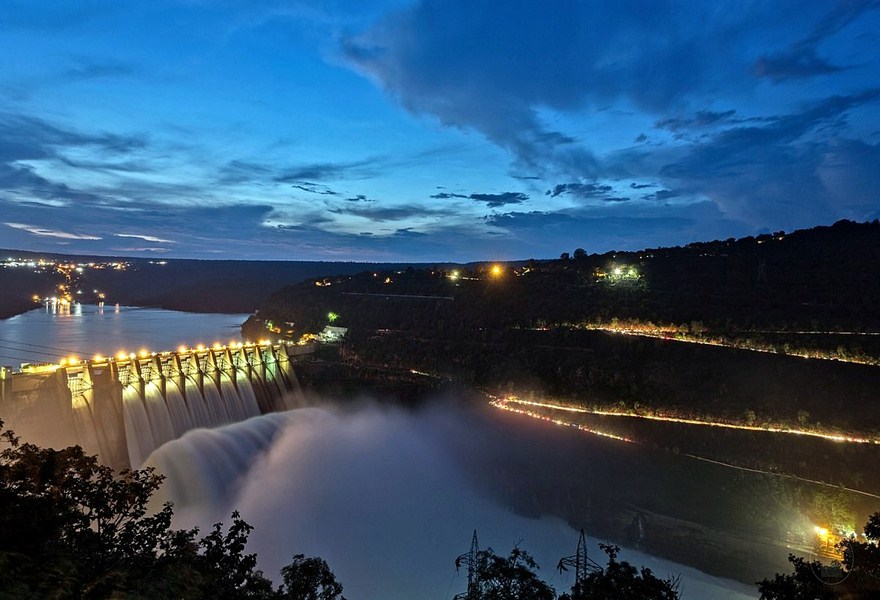
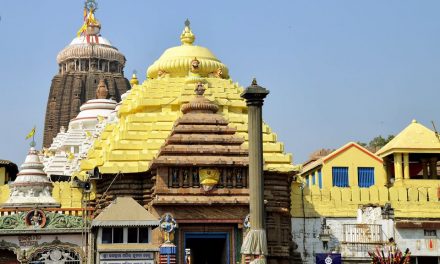










Architectural magnificance at its best, show-cases Indian art in all its phases.
Thank you very much sir for showing Srisailam temple
Wonderful.
“Indian first president pandit Javaharlal Nehru menctioned the multipurpose dam built at Srisailam on the Krishna river as modern Godess.”
Please correct the mistake here: first president was Rajendra Prasad, not Jawahar Lal, who was first PM.
Useful information. We see how many Hindu kings/dynasties have contributed to the temple at different stages/in different eras. With the formation of linguistic states, the idea of the basic unity among Hindus has largely disappeared. Now even within the state speaking a language , other grounds of division have been discovered/invented. With this there is a tendency to whitewash/ hide the contribution of the old kings from other states/speaking other languages. The extreme example is Tamil Nadu. All the big temples there have been protected/expanded by non-Tamil kings like Krishnadevaraya, the Nayaks, Mahrattas, etc. It was the Vijayanagara ruler who recovered the Madurai temple from the Muslim sulltan and reconstructed it. But this is rarely taught to the people, and the youngsters do not know it. So it is very useful if, while covering a temple. the details of the kings who contributed to its construction/expansion/protection are also mentioned.
Thanks for the well-researched article on Sri Sailam. Sri Adi Sankaracharya once stayed here and his famous sthotras – Sivananda Lahari and Soundarya Lahari were scripted here. One Sloka in Sivananda Lahari – “Bhringeechha Natanotkatah.. … … Sri Saila vaasee Vibhuh” praises Lord Siva and Godess Bhramaramba Devi” of Sri Saila Kshetra.
Another beautiful Sloka from Sivananda Lahari praising Lord Mallikarjuna and Godess Bhramaramba Devi the presiding deities of SriSailam –
“Sandhyaarambha Vijrumbhitam ………………. maha lingam sivaalingitham”.
Sloka is beautiful becuase it has two different meanings – one praising Sri Mallikarjuna and Bhramaramba Devi, and another – it describes the fragrant flower “mallika” (Jasmine flower).
Interesting article. Stop degrading our culture with the word Mythology, this was coined by the British to undermine our history to make Vedic culture appear subservient.
A very good informative coverage about the Srisailam temple
Before the start of the project, devotees used to go by walk in the Nalla Malla forest
They used to cross the Krishna River by wooden made platform and vehicle tires and tubes
Fitted underneath, with the human pull of the pilgrims who aboard, from one side to other by a rope.Ekadasi and Shivaratri were the special occasions for the pilgrimage
For present generation pilgrimage to the temple is very easy and joyful with no relation to time and date, every day is a pilgrim and Adi Dampathula (very old couple ) Kalyanam day
Thanks for posting the greatness of Hinduism, keep on sharing on other holly sites, temples or any historical evidence of the past. This will increase the pride f all Hindus across the globe and hope that this will also a means to unite all Hindus from different background, as we, Hindus, do in Indonesia.
Thanks a lot for sharing the Srisailam temple history and photos.
You say this temple is in Kurnool District. ARe you sure? It is in Mahaboob Nagar District in Telangana. Please kindly check.
Mr. Nehru was not the 1st President but the Prime Minister of India.
Excellent information with beautiful images, many thanks for sharing.